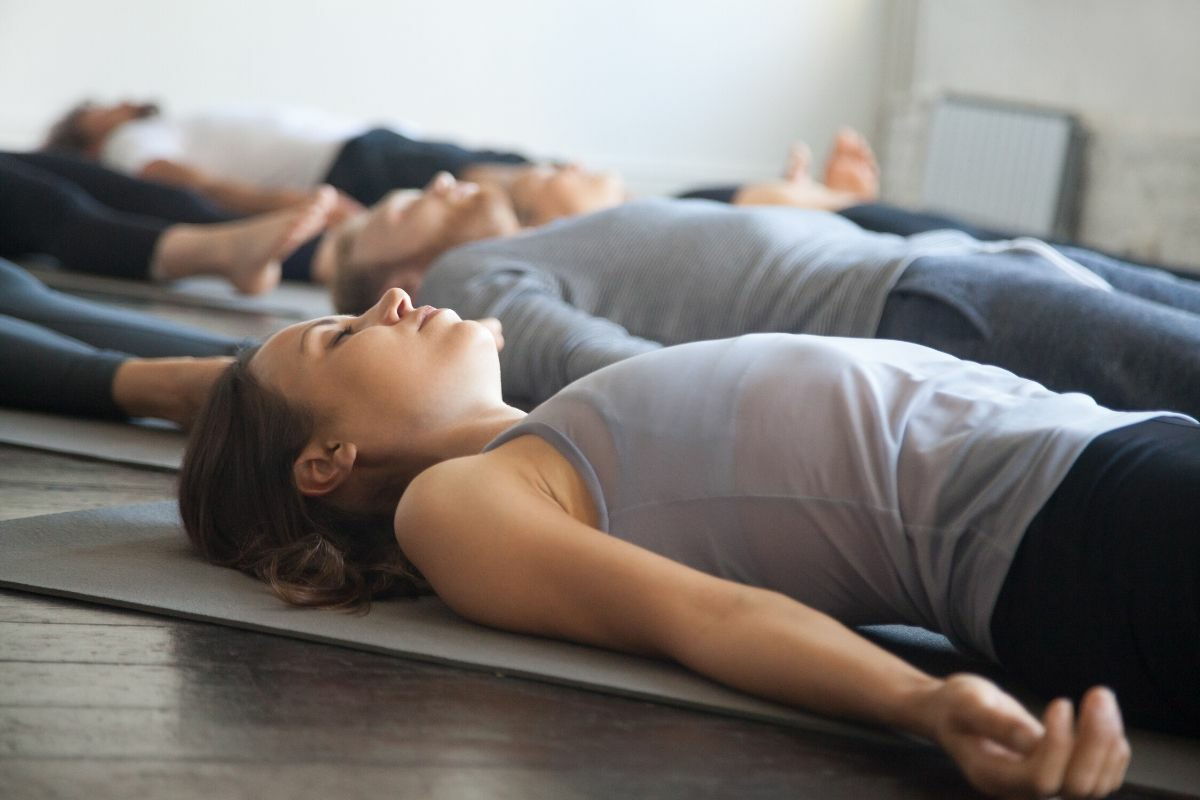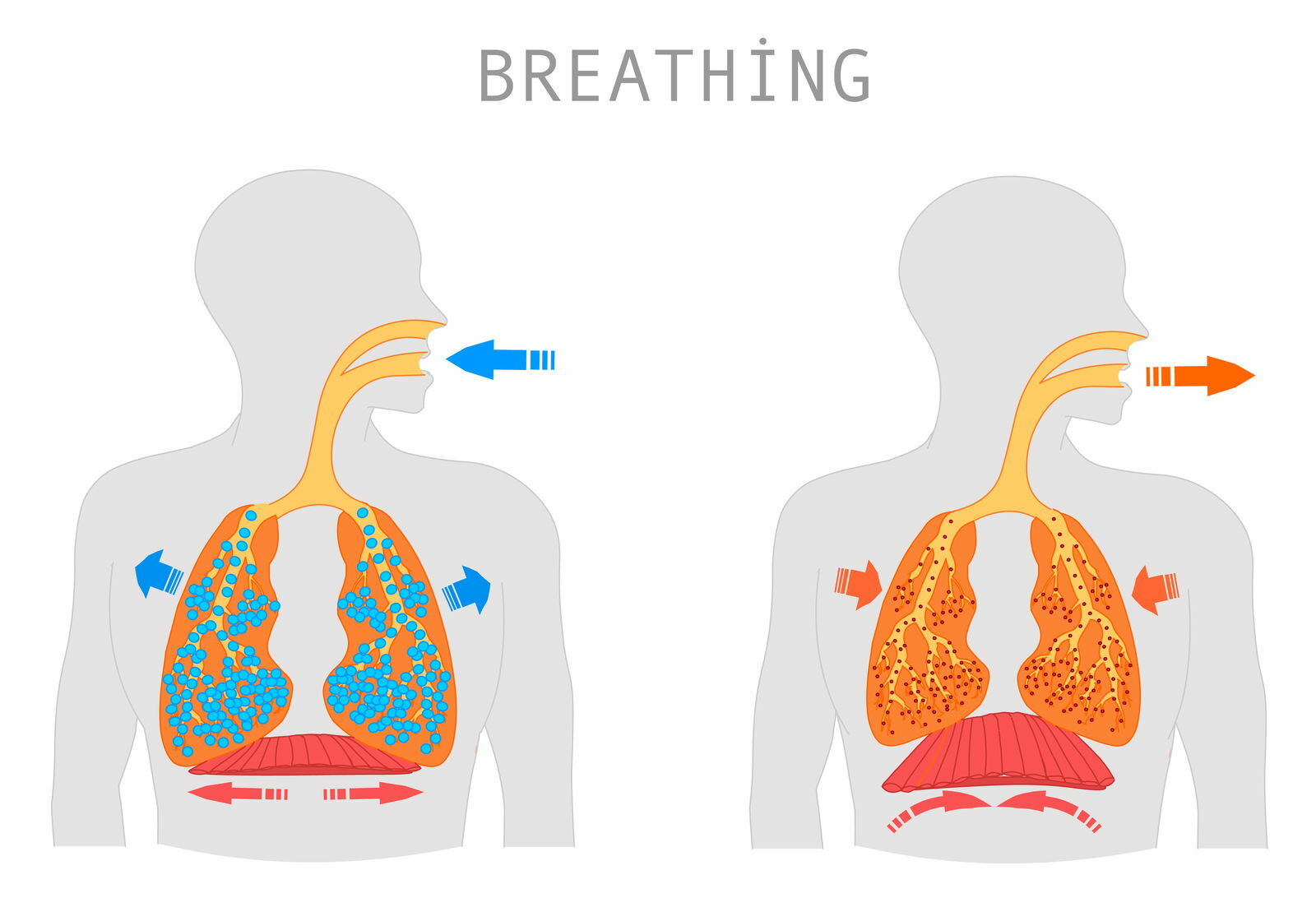In terms of sports performance and general well-being, conscious breathing is arousing more and more interest.
We are realizing that we almost always take our breathing for granted but that, in its complex mechanism of "automatism", this can hide a series of ailments or limitations that can be easily avoided, only by paying more attention to our body-mind system.
The importance of conscious breathing

Yoga pays a lot of attention to awareness of the breath
- Stuffed nose
- asthma
- cough
- wheezing
- disturbed sleep
- exhaustion
- excessive air hunger
How many of us happen to experience (at least) one of these symptoms?
If you have ever suffered from it, you will be surprised that the common cause can be traced back to dysfunctional or inefficient breathing. Patrick McKeown, creator of the Oxygen Advantage method who has been dealing with respiratory problems and their implications for health and sports performance for more than 20 years, claims that:
"We spend a lot of our time and energy deciding what to drink and eat, while we hardly pay attention to the air we breathe"
"We are becoming aware of the quality of the air we breathe, but have you ever wondered how quantity can affect it instead?
Well, the amount of air you breathe can upset everything you know about your body, your health and your sports performance"
First you need to understand the fundamental relationship between oxygen and our body.
Improving health and fitness is possible by optimizing the transport of oxygen to muscles, organs and tissues.
Breathing properly has become difficult in modern society due to:
- chronic stress
- sedentary lifestyle
- incorrect nutrition
- chronic hyperventilation
Breathing and quantity of oxygen

Breathing process illustrated
Who hasn't been encouraged to take a deep breath in stressful situations or before a major sporting event to reduce agitation? According to studies by Mckeown and other scholars, there is nothing more wrong!
Chronic hyperventilation is one of the most common and underestimated ailments, with a great impact on well-being and fitness. Hyperventilation tends to last over time, causes us to introduce too much air and leads to narrowing of the airways, peripheral vasoconstriction and a reduction in the blood supply to the heart and muscles.
The amount of oxygen that our body is able to consume does not depend only on its percentage in the blood.
What determines how much of this oxygen is actually available is the amount of carbon dioxide present.
The way we breathe therefore becomes decisive.
When we breathe correctly, we have enough carbon dioxide and our breathing is silent and almost imperceptible.
If we hyperventilate, the breath will be amplified in both the inspiratory and expiratory phases. In this case, the following will be activated: excessive elimination of carbon dioxide (hypocapnia); an abnormal recruitment of accessory respiratory muscles, which can be associated with cervical tension and headache; an altered neurovegetative stimulus with prevalent activation of the orthosympathetic system, which can lead to an increase in heart rate and agitation.
How to breathe mindfully
To start breathing more consciously, just bring attention to the breathing rhythm.
Learn to pay attention to your breathing: if you breathe through your nose or if you need to use your mouth even to carry out the simple activities of daily life.
See if you breathe deeply, "belly" (diaphragmatic breathing) or more superficially, lifting your chest as you inhale.
Then, try for a few minutes to make your breathing slow, light and silent, so as to stimulate the parasympathetic system and quickly induce a state of calm and serenity.
Conclusions
There is always time to re-educate our body for proper breathing.
A few simple exercises like the one we have just seen to be done at home, in the office or in the car in complete autonomy, are enough to find the calm, concentration and energy to better face any challenge.
Article Written in collaboration with Dr. Antonello Cappai Physiotherapist and Osteopath)
